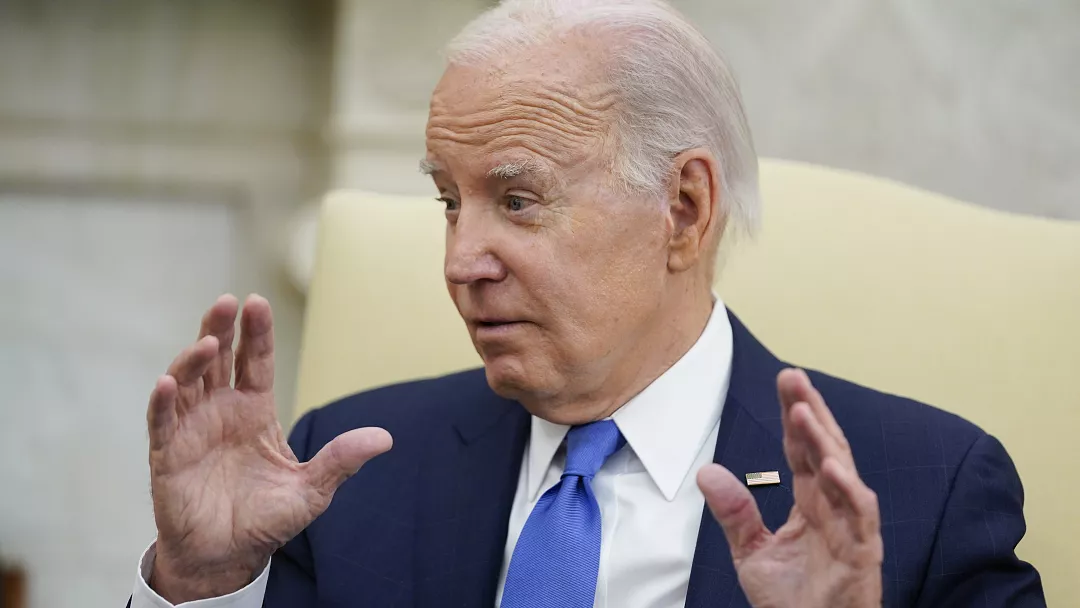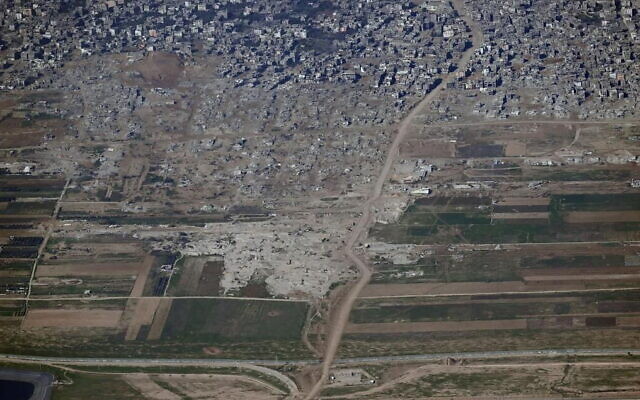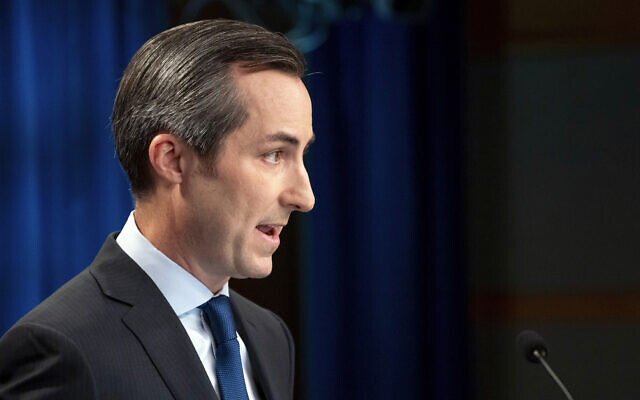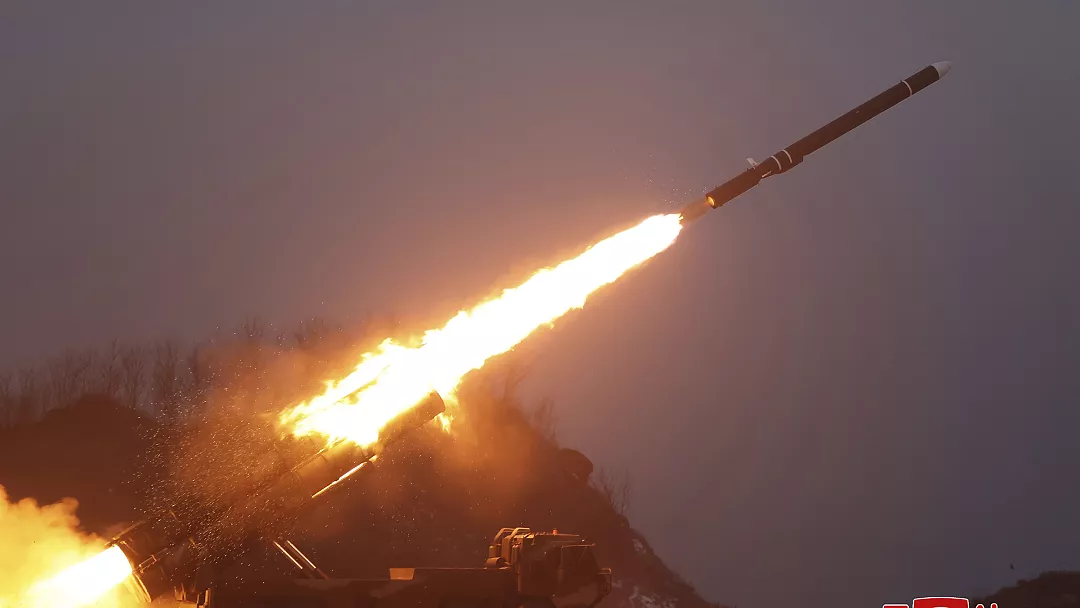Prof. Dr. Mohsen Mohammad Saleh
Despite the ruthless and devastating aggression launched by Israel on Gaza Strip (GS) following Operation al-Aqsa Flood on October 7, 2023, resulting in the deaths and injuries of tens of thousands, predominantly children, women and the elderly, witnessed by the world, it was accompanied by shameless Israeli propaganda portraying it as the “victim” and justifying its actions as mere self-defense!!
Dr. ‘Abdul Wahab al-Masiri, a prominent expert in Zionist affairs, previously offered a profound analysis of the Zionist mindset, highlighting the notion of “monopolizing victimhood” or “monopolizing genocide” within this ideology. He traced it back to the religious and cultural heritage that shaped it, as well as the influence of Western colonial materialistic thought. In this article, we draw insights from al-Masiri’s work, particularly his Arabic book “Zionism, Nazism and the End of History.”
Monopolizing Victimhood:
At the core of Zionist ideology lies the belief that the Jewish communities cannot fully integrate into the countries they reside in. It asserts that these communities consistently face hostility and rejection wherever they settle, often becoming “victims” of discriminatory behavior “Gentiles.” This belief stems from historical disasters inflicted upon Jews, with the fear of future genocides driving the Zionist project in occupied Palestine or Israel, as a supposed safe haven where they govern themselves independently.
The Zionists capitalized on the persecution of Jews, notably in late nineteenth-century Tsarist Russia (Eastern Europe), to garner support for a Jewish state in Palestine. However, this idea gained significant traction following the Nazi persecution of Jews during World War II. Drawing inspiration from Jewish history, the concept of the “eternal victim” was solidified, with the Nazi genocide serving as practical evidence of global rejection, the lurking Gentiles, and Jewish sacrifices during the Holocaust. The genocide was framed as a pivotal event in Jewish history, shaping the narrative of pre and post-Holocaust eras. Fear of genocide became a cornerstone of Zionist strategy, with Zionist Jews commemorating Holocaust Remembrance Day each year…, embedding this sentiment in Israeli Jewish consciousness.
While we adamantly oppose the spilling of even a single drop of innocent civilian blood, it’s imperative to recognize that despite approximately fifty million civilians falling victim to World War II, including around 18 million Russians (Soviets) and 6 million Poles…, global attention was exclusively fixated on Jewish victims. Since then, there has been a phenomenon of “monopolizing victimhood,” with the focus solely on them as “Holocaust” victims.
The term “Holocaust” originates from Greek, meaning complete burnt offering, translated into Hebrew as “Shoah.” The Holocaust was a Jewish religious term referring to the sacrifice offered to God, not only roasted but completely burned, leaving no part for the offerer or the priests. It is considered one of the most sacred rituals, offering atonement for the sin of pride, arrogance and conceit, and it is the only sacrifice that the Gentiles could offer. According to al-Masiri, Zionists liken the “Jewish people” to the burnt offering, claiming it was burned because they are the most sacred of peoples, and the Nazis, as Gentiles, were capable of performing this ritual.
Zionists portray themselves as perpetual victims, facing constant threats. In their view, existing in a hostile environment justifies any actions, even atrocities against “Gentiles,” as necessary for their preservation.
Cancel-Culture Mentality:
On the other hand, deepening the idea of “monopolizing victimhood” is that the Zionist mentality is characterized by a cancel-culture mentality, meaning it is based on canceling out the other in order to assert oneself. In this mentality, there is a cancelation of the Palestinian population by presenting Palestine as a land without a people for a people without a land (canceling the Palestinian people), along with all the associated violence, ethnic cleansing, and displacement. Consequently, the notion of the “Absent Arab” is entrenched, where even if present in Palestine, they are absent in the eyes of the Zionists, and their displacement and expulsion from their land are nothing more than routine procedures, where the Palestinian does not deserve to be labeled as a “victim.” There is a historical cancellation as well, where the Palestinian people are considered a passing event throughout history, or a historical mistake, without any consideration for their rooted history spanning thousands of years before the arrival of the Children of Israel, during their presence and after they lost their power. In contrast, the Jews who were absent for about two thousand years are treated as if they were gone for only a few days. There is a religious cancellation linked to comprehensive Judaization campaigns of land and people in occupied Palestine, especially in Jerusalem, and the consecration of a single religious right for Zionist Jews.
This mentality is an “exclusive mentality” as opposed to the “inclusive mentality” upon which Islamic civilization was built. It is a mentality that cannot coexist with or absorb the other; it combines the complexes of fear and distrust, and therefore limits its options to seeking dominance and asserting control, resulting inevitably in conflict and bloodshed.
Supremacist Mentality:
In addition to the notion of “monopolizing victimhood,” Zionism seeks to cultivate a collective identity among Jews, portraying them as the “chosen people,” whether for religious reasons derived from Torah or Talmudic texts…, or for national reasons tied to Jewish identity as a nation. The idea of superiority or distinction from the “Gentiles” is central to shaping this mindset. This mindset operates within the framework of the belief in “God’s chosen people,” those deemed to have absolute rights bestowed by a divine authority. This cultural perspective is deeply ingrained within the Jewish community, leading to the issuance of numerous rulings by influential rabbis and religious figures, such as Abraham Avidan, Ovadia Yosef, Eyal Karim, Mordechai Eliyahu, Dov Lior, Shlomo Eliyahu, Yisrael Rosen, and others. These rulings often justify the killing of Gentile civilians. Palestinians (or perceived enemies) are dehumanized, stripped of any shared human values with the “Gentiles.” The Palestinian is denied the role of “victim”; when they are killed, it is deemed incidental, while any Israeli killing is seen as deliberate and premeditated.
Several rabbinic decrees draw parallels between the “Amalekites” mentioned in the Torah and Palestinians. The book of Shmuel I (Samuel 1): Chapter 15 prescribes, “Now go and smite Amalek, and utterly destroy all that they have, and spare them not; but slay both man and woman, infant and suckling, ox and sheep, camel and ass.”
Zionism and Nazism:
Al-Masiri points out the perilous convergence of Zionist ideology with Nazi ideology, divorcing the use of science and technology, the pursuit of self-interest and decision-making, from human values and ethics. Nazism privileged the Aryan race, exterminating anyone deemed unproductive or detrimental, including the disabled, elderly and Gypsies, and did not hesitate to exterminate Jews. Zionism, akin to Nazism and colonial systems, subjugates human values, reducing the displacement of the indigenous population (Palestinians) to a mere procedural operation devoid of ethical considerations, where the “good Palestinian” is the “dead Palestinian.”
This elucidates how Israel promotes the notion of “the right to self-defense,” despite rational logic and international law not granting occupiers such rights (similar to criminals not being entitled to defend their crimes by committing further crimes). Instead, such rights are granted to the people under occupation. Hence, Palestinians have the right to self-defense until they free themselves from occupation. The Israeli colonial mindset and the “victim” narrative in Zionist ideology brazenly employ self-defense as a pretext to perpetuate the occupation, oppression and injustice against another people.
A Brutal Aggressive “Victim”!!
When Israeli occupation forces launched their aggression on GS following Operation al-Aqsa Flood on October 7, 2023, it triggered a deluge of statements from political leaders, military commanders, religious figures and community leaders, sanctioning and justifying the killing of civilians, massacres, ethnic cleansing and total destruction. Among those endorsing these actions were the Israeli President, Prime Minister Netanyahu, various government officials and representatives from right-wing, centrist, leftist and religious factions. Defense Minister Yoav Gallant went as far as to describe Palestinians as “human animals,” while Netanyahu invoked the Jews’ historical encounter with the Amalekites, suggesting extermination, as outlined in their distorted Torah narrative. Education Minister Rafi Peretz dismissed the existence of the Palestinian people, while Finance Minister Smotrich denied the presence of civilians in GS. Agriculture Minister Avi Dichter predicted a repetition of the Nakbah (catastrophe) for Palestinians in GS, and Culture Minister Amichai Eliyahu even discussed the possibility of dropping a nuclear bomb on GS, and seeking to find ways more painful than death for Palestinians. Knesset member Nissim Vaturi called for burning GS, among other egregious statements.
To maintain their “victimhood monopoly” and prevent others from being seen as victims, and to silence any mourning of Palestinian deaths, Israeli policymakers launched a propaganda campaign rife with lies and fabrications. This campaign aimed to tarnish the image of resistance and justify the brutality of their aggression on GS. Leveraging their political and media influence globally and their alliance with major Western powers, they spread false claims about killing innocents, beheading babies and raping women… which were later proven false.
There was almost a consensus among Israelis on the aggressive campaign against Gaza. According to a survey conducted by The Israel Democracy Institute, about two months after the aggression, 75% of Israelis still supported resuming the attack without any adjustments aimed at reducing civilian casualties. Another poll by Tel Aviv University found that only 10% thought the army was using too much firepower. This is despite the tens of thousands of killed and wounded, most of whom are children and women, and the immense destruction of homes and infrastructure. This confirms that the mentality of “monopolizing victimhood” and the detached view from values towards Gentiles are deeply rooted in the collective Israeli Zionist consciousness.
Regrettably, the Western mainstream media contributes to perpetuating the stereotypical image crafted by Israel. A study of the coverage of the war on Gaza by major US newspapers has showed that “for every two Palestinian deaths, Palestinians are mentioned once. For every Israeli death, Israelis are mentioned eight times — or a rate 16 times more per death that of Palestinians.” Similarly, an analysis of BBC coverage, conducted by data specialists Dana Najjar and Jan Lietava, revealed a devastating disparity in the use of humanizing terms, where terms such as “mother” or “husband” were used far less often to describe Palestinians, while emotive terms such as “massacre” or “slaughter’” were almost only ever applied to the Israelis.
The existence of the Palestinian people, their resistance, and the global attention they receive debunk the myth of “a land without a people.” It is evident that the Zionist perception of this reality undermines the Zionists’ confidence in themselves and their sense of legitimacy, existence and morality. Hence, powerful Zionist movements resort to promote their vision by attempting to rid themselves of anyone who opposes them and erasing anyone who exposes their monopolization of the “sole victim” or stands in their way. They benefit from their extensive influence in the Western world and their ability to destroy individuals’ reputations by accusing them of “anti-Semitism.” However, the persistence of resistance, and its presentation of a revival civilizational liberation project, and its exposure of the criminal practices of Zionism, will inevitably lead to the end of the Zionist project sooner or later.
(Source: Alzaytouna)















